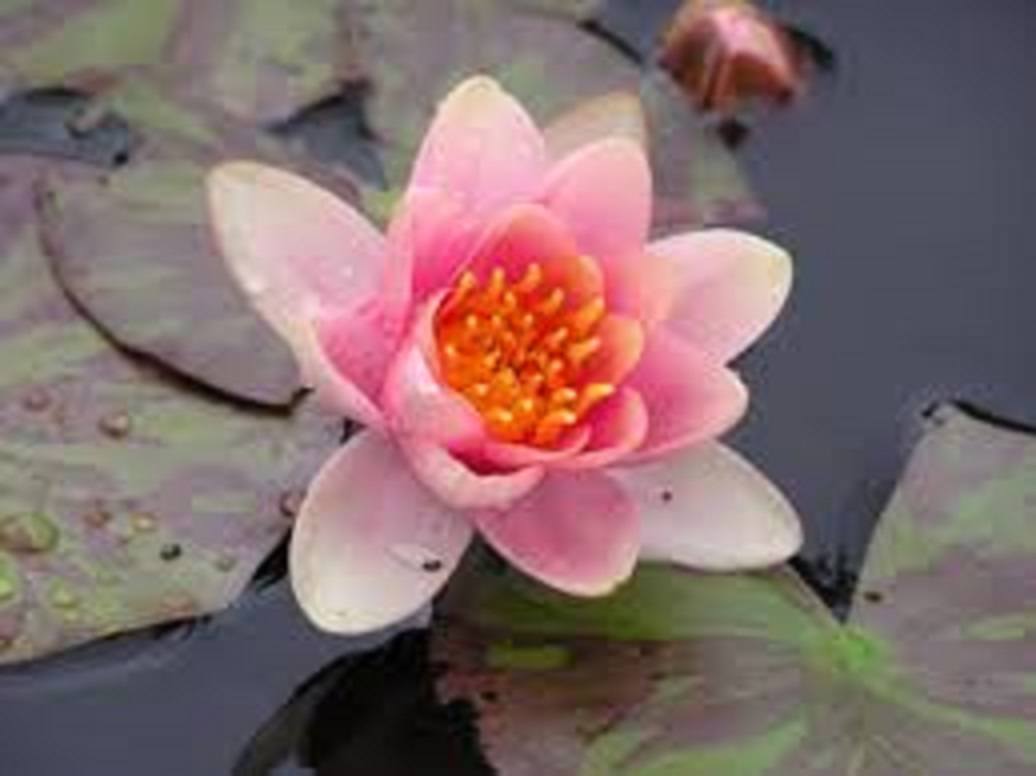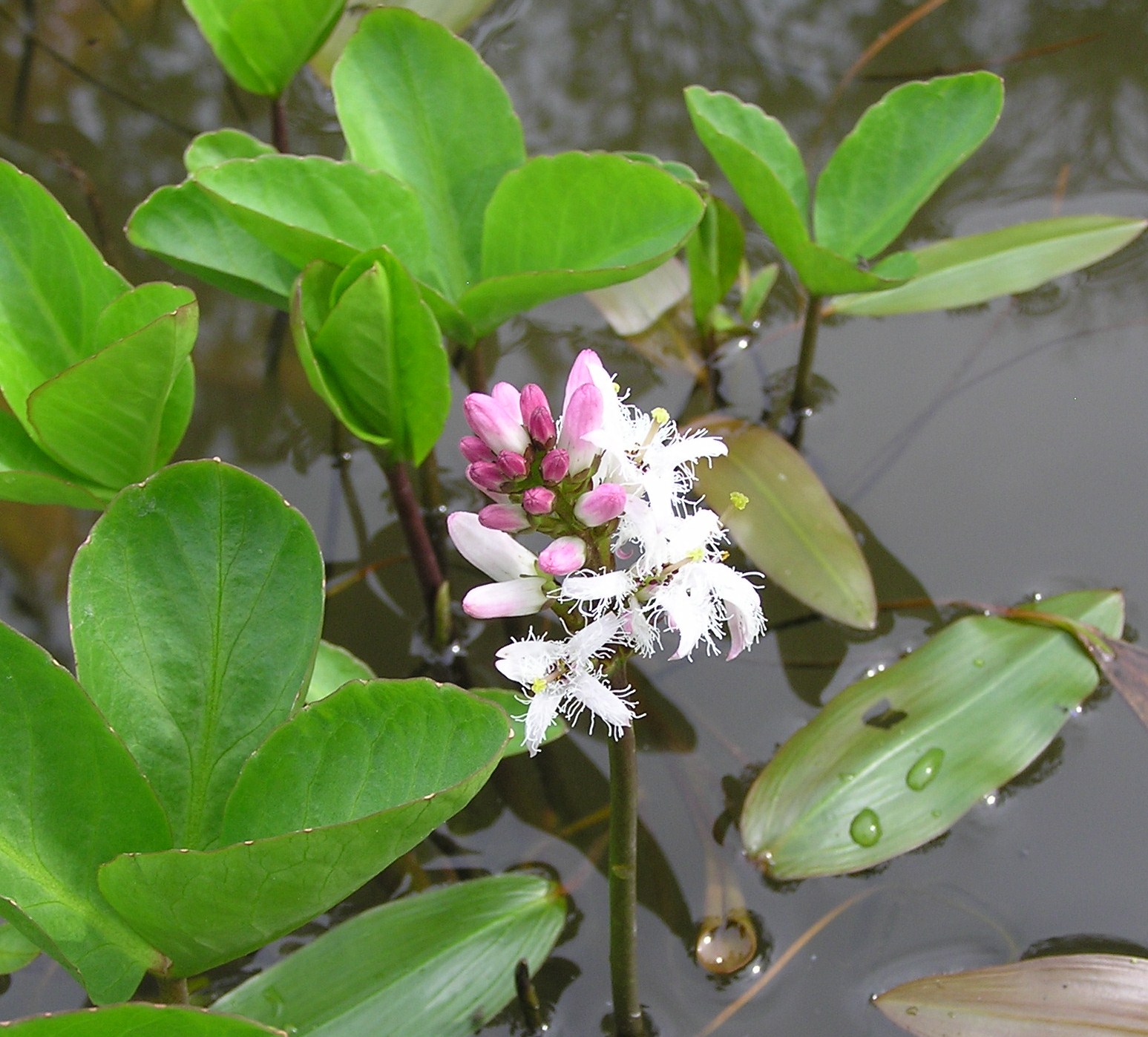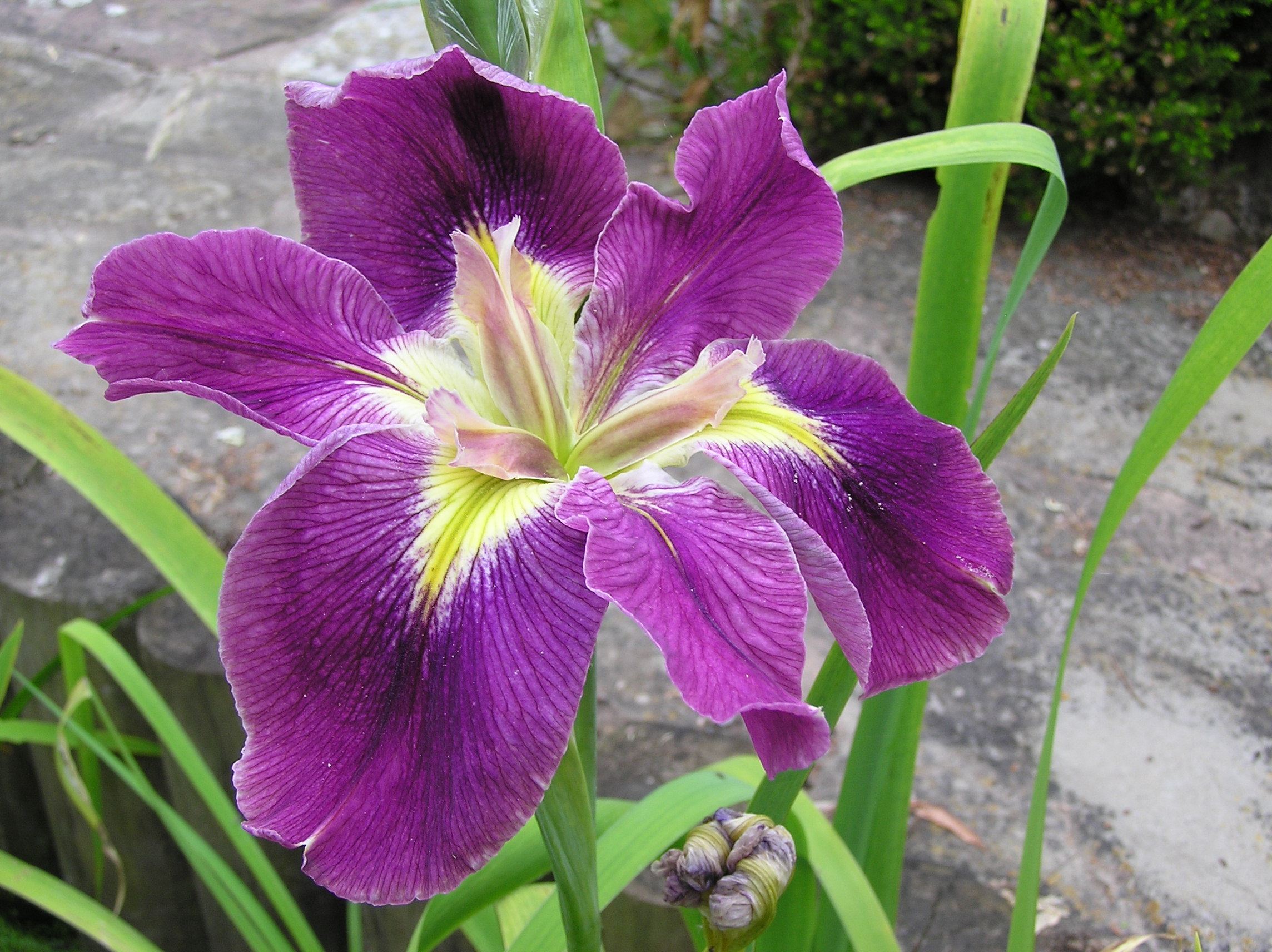Why do I need oxygenating plants?
- Water that is not oxygenated will become stagnant, smelly and unhealthy.
- Even pond plants cannot thrive in moving water, so in rivers and streams, plants will only grow close to the banks, on the margins.
- The submerged foliage of oxygenating plants produces oxygen throughout daylight hours, providing an ecological balance in the pond.
- Oxygenating plants also provide a safe habitat for insects, frogs, newts and baby fish.
- With enough oxygenating plants, a pump and filter system is unnecessary.
- A pump and filter system creates a flow of water that makes it difficult for plants to grow.
- A fountain will oxygenate water, but most plants, especially water lilies, will die if water constantly drops on their leaves.
How many oxygenating plants do I need for my pond?
- In a new pond, the stocking rate should be three bunches per m².
How do I plant my oxygenators?
- First, check the specific instructions for that variety on the page in the shop.
- If planting, plant each bunch of oxygenator into a 9cm flower pot, pushing the cut ends of the plants into the soil and top dress with 1-2 cm washed pea gravel.
- Position the pot so that there is the recommended depth of water, measured from soil surface to water surface, covering the plant.
Where do I plant oxygenators in my pond?
- Always ensure that oxygenating plants are fully submerged.
- First check the description as several varieties can just be dropped into the deep water.
- Mud lovers can be under-planted in with marginal plants.
- Because they grow quickly, these plants should be thinned out from time to time.
Which oxygenators should I put into my pond?
- Callitriche verna (starwort) loves mud and will grow out into the pond from the margin.
- Ceratophyllum demersum (hornwort) native to the UK, stops growing and sinks to the bottom of the pond in the Winter, growing up towards the surface again by late Spring.
- Elodea canadensis (Canadian pond weed) can very invasive and needs frequent thinning to keep it under control. It comes in bunches weighted with lead, but for rapid growth, plant the cut ends into soil in ordinary plant pots and drop into the bottom of the pond. Never introduce elodea into a large body of water where it can become a nightmare to control.
- Fontinalis antipyretica (willow moss) forms a deep carpet over the base of the pond and can be grown in flowing water.
- Hippurus vulgaris (mare’s tail) is an excellent oxygenator, but needs room to grow, so is not suitable for a small pond or tub.
- Myriophyllum spicatum (spiked millfoil) is a relatively slow growing native oxygenator.
- Potamogeton crispus (curly pond weed) will only thrive in clean water. It grows to the surface and flowers in early Summer, then quickly dies back.
- Ranunculus aquatilis (ivy leaved crowfoot) another mud lover, but must be submerged when planted.
Buy beautiful plants today
Browse our full catalogue and online shop.



